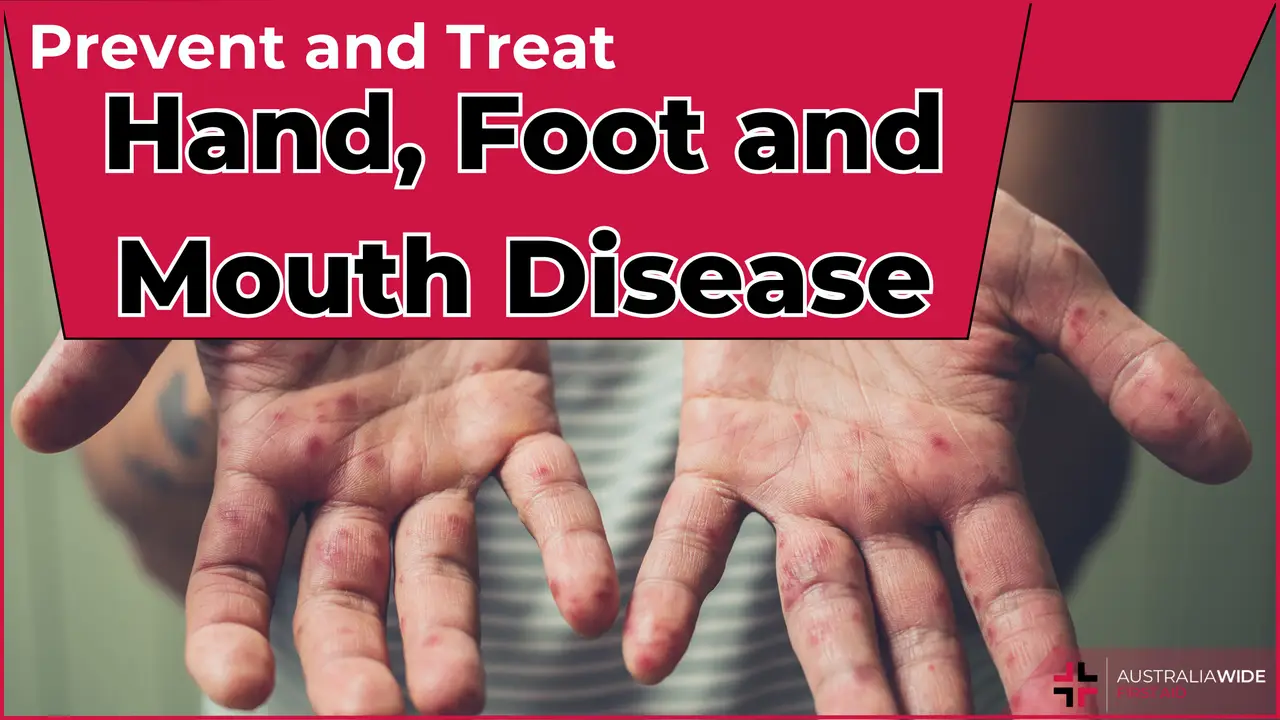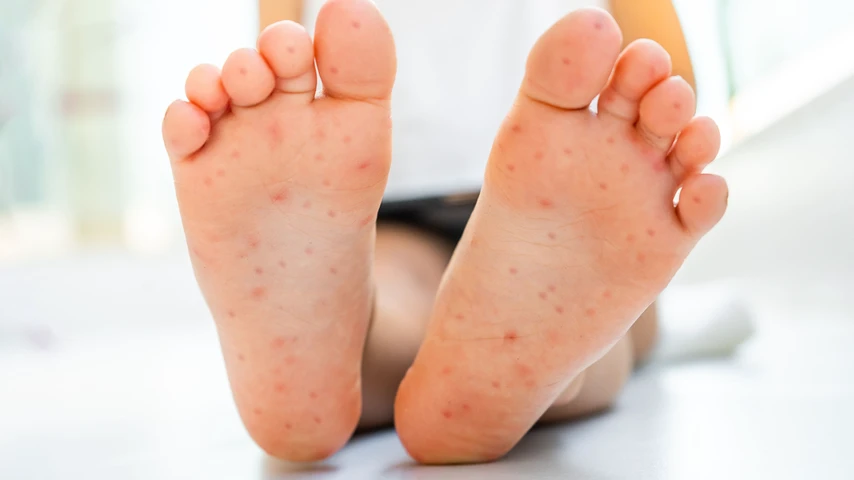Tackle Hand, Foot, and Mouth Disease: Prevention and Treatment


Hand, Foot, and Mouth Disease (HFMD) is a highly contagious infection that can affect children and adults. It is caused by a virus and is characterized by the development of mouth sores and a rash on the hands and feet.
While it is not usually serious, it can be uncomfortable and can spread quickly.
Knowing how to prevent and treat HFMD is important for anyone who is caring for children or who may be at risk of contracting the disease.
This article will provide an overview of the causes, symptoms, prevention, and treatment of HFMD.
Hand, Foot, and Mouth Disease is a common childhood illness caused by a virus. It is highly contagious and is spread through contact with saliva, mucous, and stool of infected individuals.
The most common cause of Hand, Foot, and Mouth Disease is the Coxsackievirus A16, which is a member of the Enterovirus family.
In addition to the Coxsackievirus A16, other viruses such as the Enterovirus 71 and the Aichi virus can also cause Hand, Foot, and Mouth Disease.
These viruses can be spread by:
Hand, Foot, and Mouth Disease is most common in children under the age of 10 but can also occur in adults. It is most common in the summer and autumn months but can occur at any time of the year.
The disease is more prevalent in areas with large populations, such as day cares and schools.
The virus can survive on surfaces for up to two weeks, so it is important to practice good hygiene and regularly clean and disinfect surfaces in order to prevent the spread of the virus.
We run certified First Aid courses throughout all major Australia citys. Find a location near you.
Symptoms usually appear within three to five days after exposure, and may include:
In the mouth, HFMD causes painful red blisters or ulcers on the tongue, gums, and inside of the cheeks. These blisters can become very painful and may make it difficult to swallow.
On the hands and feet, HFMD causes itchy, red rashes that may blister. These blisters may also appear on the buttocks and legs.
In some cases, HFMD can cause more serious symptoms such as diarrhoea, vomiting, and abdominal pain. In severe cases, the virus can cause inflammation of the brain, known as encephalitis, which can be life-threatening. If you or your child experience any of these symptoms, it is important to seek medical attention immediately.

Preventing and treating hand, foot, and mouth disease is a priority for all parents. Although the virus is usually not serious, it can be uncomfortable for children and cause a lot of distress. To prevent HFM, it is important to practice good hygiene habits. This includes washing hands regularly, avoiding contact with people who are already infected, and keeping surfaces clean.
Additionally, it is important to ensure that children get enough rest and keep up to date with their vaccinations.
If a child is already infected, there are some treatments that can help to relieve the symptoms.
Symptomatic children should be kept home from school and day-care to help prevent others from becoming infected. They can return to school or day-care with doctor permission, and once their blisters have dried, rash has gone, and there is no fever.
It is important to seek medical advice if the symptoms persist or worsen. A doctor can prescribe medication to help reduce the severity of the symptoms and prevent the virus from spreading.
Antibiotics are ineffective against viruses and will not be prescribed for hand, foot, and mouth disease.
Hand, Foot, and Mouth Disease (HFMD) is a common viral infection that affects children under 5 years of age. It is characterized by painful sores on the hands, feet, and inside the mouth.
It is typically caused by the Coxsackie virus and Enterovirus 71 and can be spread from person to person by contact with saliva, mucus, or faeces.
Symptoms include fever, sore throat, and rash. Prevention and treatment can be achieved by good hygiene practices such as hand washing, avoiding contact with people who are infected, and taking a first aid course.
By taking a First Aid Course individuals can help protect themselves, their family, and their community from HFMD. Australia Wide First Aid's HLTAID011 Provide First Aid course is an important step to understanding and tackling HFMD.

May 1, 2025
Pterygium, also known as surfer's eye, is an ocular surface disease characterised by a growth of limbal and conjunctival tissue over the cornea. Fortunately, you can practice many eye health habits to help prevent the development of pterygium and other risks.

April 3, 2025
Tuberculosis is a severe bacterial infection that mainly affects the lungs and other parts of the body, including the nervous system. This contagious disease can quickly spread in crowded areas when an infected person coughs, talks, or sneezes.

February 13, 2025
Melioidosis is a bacterial infection caused by Burkholderia pseudomallei, a microorganism found in soil and water. This infection is often underdiagnosed due to symptoms mimicking many other illnesses. As such, awareness is critical for those living or working in affected regions.